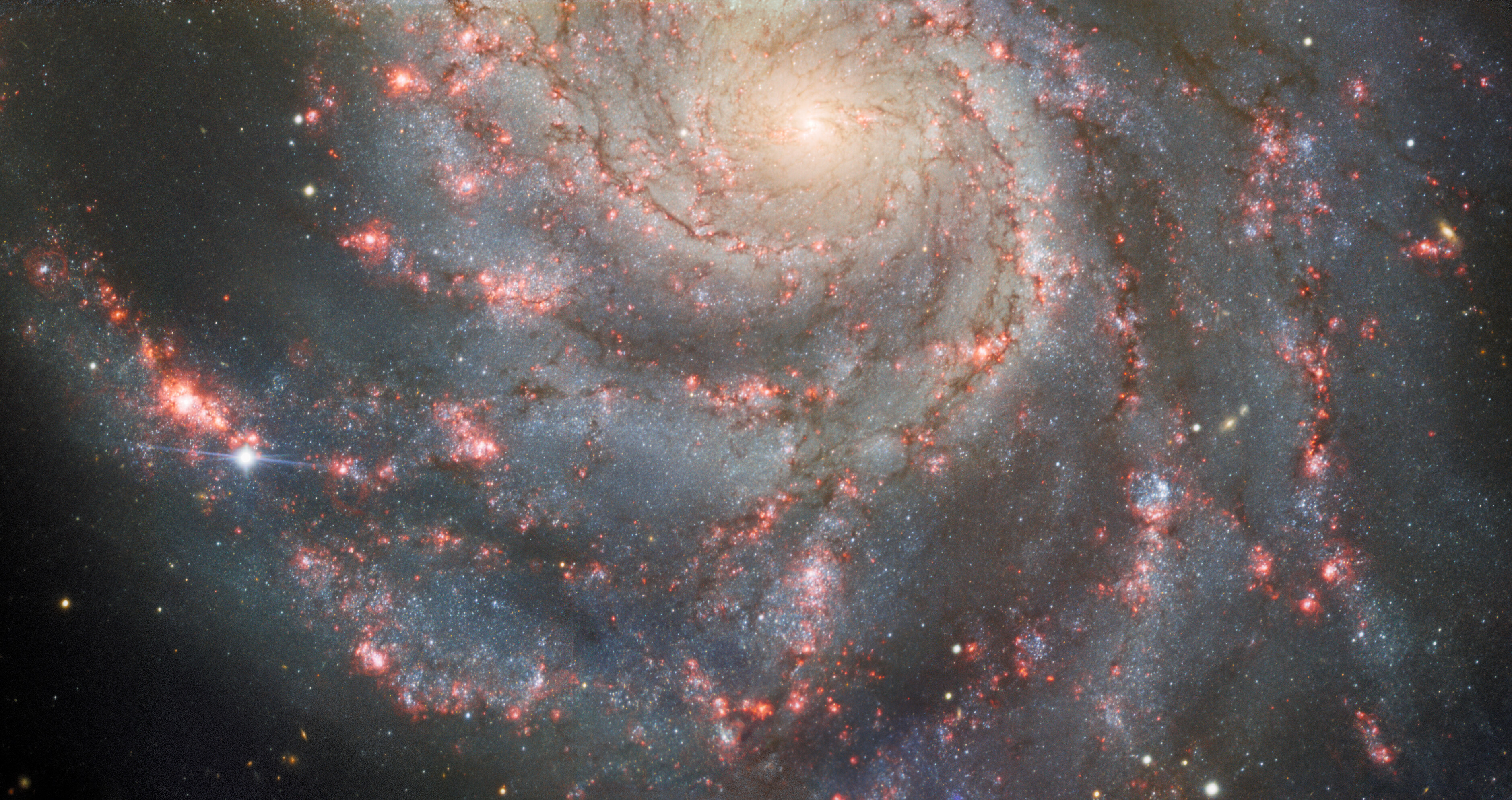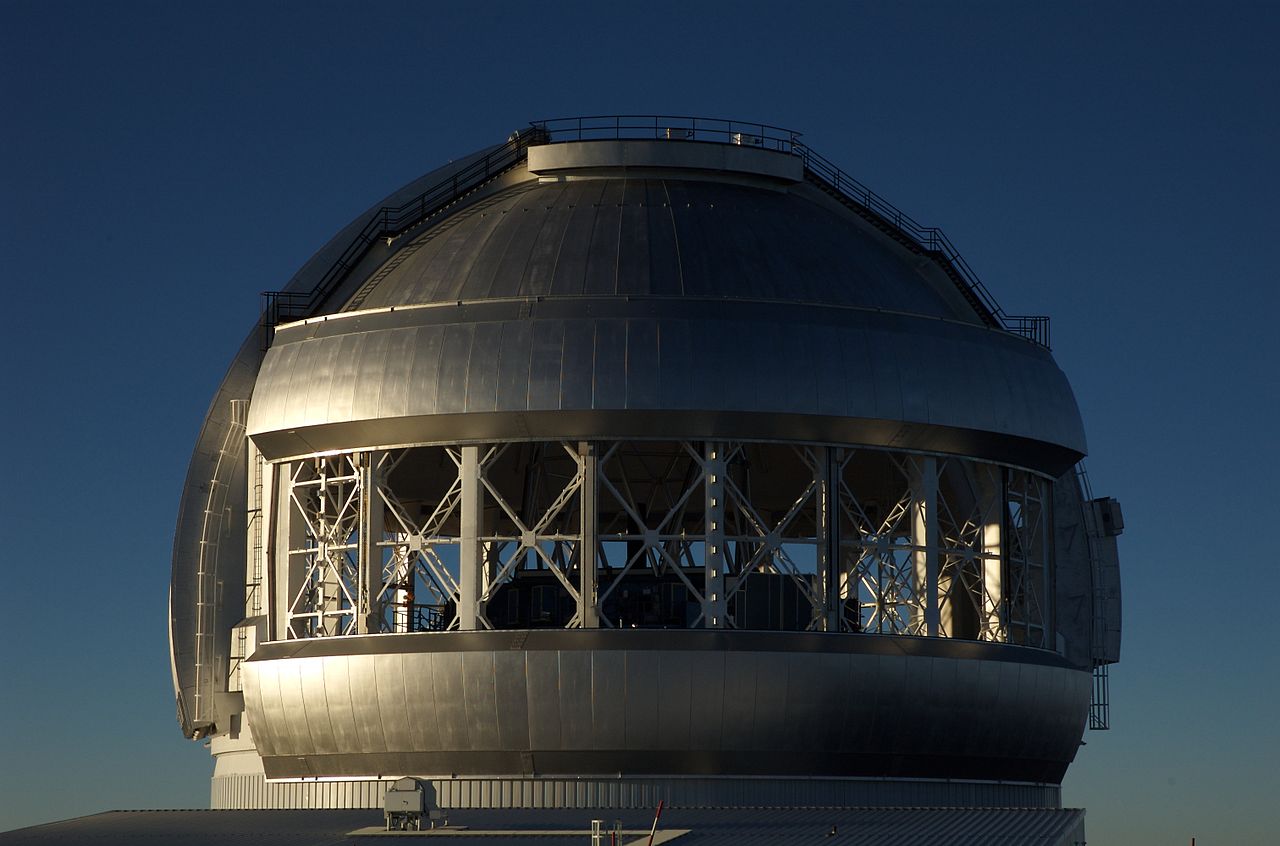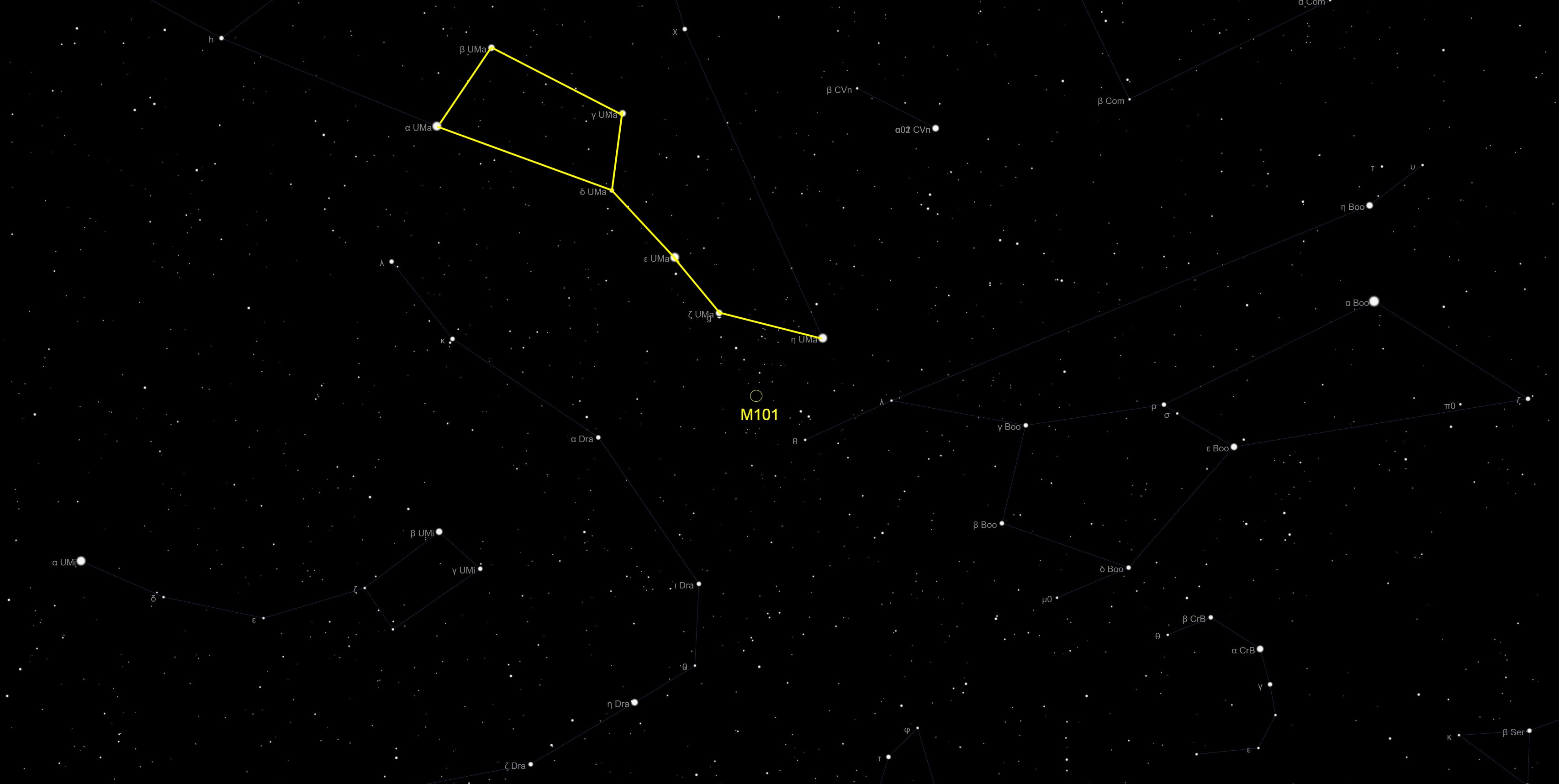
A new supernova recently discovered in the Pinwheel Galaxy continues to put on a show for astronomers.
The supernova, called SN 2023ixf, was discovered on May 19, 2023 by amateur astronomer and supernova hunter Koichi Itagaki of Japan and was confirmed by the Zwicky Transient Facility (ZTF) in California shortly thereafter. Astronomers are calling it one of the brightest supernovas in years, and are already studying it to help improve our understanding of the evolution of stars in their final stages.
Aside from amateur astronomers, some of the world's best telescopes and scientific instruments are gazing at SN 2023ixf as it explodes. One such instrument, the Gemini North telescope in Hawaii — operated by the U.S. National Science Foundation's National Optical-Infrared Astronomy Research Laboratory, or NOIRLab — has taken a stunning new photo of the Pinwheel Galaxy and this new exploding star. The image was the first to be taken with the telescope following the repair of its primary mirror.
Related: How long will the new supernova visible in the night sky last?

Looking for a telescope to observe the Pinwheel Galaxy other awesome sights in the night sky? We recommend the Celestron Astro Fi 102 as the top pick in our best beginner's telescope guide.
NOIRLab's new image of supernova 2023ixf shows the exploding star shining brightly from one of the spiral arms of the Pinwheel Galaxy, also known as Messier 101 or M101. The galaxy is a favorite target for astrophotographers and is located just 21 million light-years from Earth near the Ursa Major constellation, home of the Big Dipper.
Observations of SN 2023ixf reveal it to be a Type II supernova, which are common in the arms of spiral galaxies such as Messier 101, according to NOIRLab's statement. These stellar explosions occur when stars some eight to 50 times more massive than our sun run out of fuel, collapse inward and finally explode in incredible bursts of energy. In just 10 seconds, a Type II supernova can release as much energy as our sun will throughout its entire lifetime, NOIRLab writes. Observations of the supernova will provide a wealth of valuable data about these cosmic light shows.

"Over the coming months, Gemini North will allow astronomers to study how the light from the supernova fades and how its spectrum evolves over time, helping astronomers better understand the physics of such explosions," NOIRLab said in a statement accompanying the new photo.
If you want to see SN 2023ixf for yourself, the new supernova shouldn't be too difficult to see with the right equipment and conditions, as some amateur astronomers have spotted it with telescopes with diameters as small as 4.5 inches (11.5 centimeters) in their own backyards.
Supernova #SN2023ixf in Messier 101, as imaged on a small 115mm refractor in an Indiana backyard. Direct comparison before the supernova (May 16) and after (May 20), where it's already a brilliant white object dominating this galaxy. #Astrophotography https://t.co/xUNn4r41sa pic.twitter.com/b9oH6vLHcHMay 22, 2023
While the galaxy itself is not too difficult to locate in the night sky next to Ursa Major and the Big Dipper, make sure you observe it under dark skies in areas with as little light pollution as possible. The supernova should appear as a bright speck of light among the Pinwheel Galaxy's outer arms.

If you are hoping to take your own look at the supernova SN 2023ixf, our guides on the best telescopes and best telescopes for beginners are a great place to start. Make sure to get the right telescope eyepiece! A lower-magnification, wide-angle eyepiece should do the trick for most galaxies.
And if you're looking to snap photos of the supernova, the Pinwheel Galaxy or the night sky in general, check out our guides on the best cameras for astrophotography and best lenses for astrophotography.
Editor's Note: If you snap an image of SN 2023ixf, and would like to share it with Space.com's readers, send your photo(s), comments, and your name and location to spacephotos@space.com.







